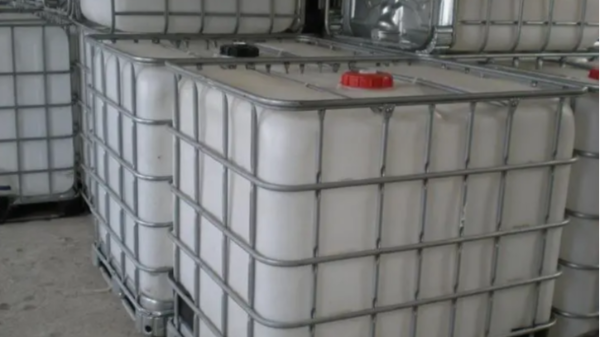Tonneau is a common container, widely used in chemical, petroleum, food, and other industries. In order to accurately measure the liquid level inside the tonneau, a radar level meter has become a commonly used measurement equipment. In this paper, we will analyze the characteristics of tonneau level and provide two actual measurement cases to show the application of radar level meters in tonneau level measurement.

The tonneau level has the following characteristics: High capacity: tonneau usually has a large capacity and is capable of storing larger quantities of liquid.
Therefore, accurate measurement of the liquid level is crucial to ensure the normal operation of the vessel and the continuity of the production process.
High accuracy requirements: Some industries have very high accuracy requirements for liquid levels, such as the petroleum and chemical industries, because changes in liquid levels can lead to improper equipment operation, safety accidents, or product quality problems.
Radar level meters are able to provide high-precision liquid level measurements to meet the requirements of these industries.
Low-level variation: The level of liquid in tonneau containers varies over a relatively small range, usually within a few meters. Therefore, the level measurement equipment used needs to have high measurement resolution and stability in order to accurately monitor changes in the liquid level.
Corrosive substances: The liquids stored in tonnage drums may be corrosive, placing material requirements on the measurement equipment.
Radar level meters are manufactured with corrosion-resistant materials that can be adapted to the measurement needs of different liquids.

Below are two actual measurement cases showing the application of radar level meters in tonne drum level measurement. Case 1: Petroleum Storage Tank In a petroleum storage tank, the liquid level in the petroleum tonne drum needs to be monitored in real-time. Due to the small level change of petroleum, the traditional float level meter is not accurate enough.
Therefore, a radar level meter is used for measurement.
The radar level meter is capable of non-contact measurement through microwave signals with high accuracy and stability. It can accurately monitor the liquid level changes in petroleum tonnage drums and transmit the measurement data to the monitoring system for real-time monitoring and alarm.
This capability ensures the safety and stability of tank operations and helps operators take timely action to keep the supply chain running smoothly.
Case 2: Chemical Process Control In a chemical plant’s production process, accurate level control is critical to product quality and productivity. In this case, the tonnage tanks play a key role in storing and supplying raw materials.
By using radar level meters for real-time level measurement, operators can know exactly how the level in the tonneau is changing and feed this data into the process control system.
This allows the production process to be automatically adjusted in response to level changes to maintain constant dosing ratios and flow rates, thus ensuring product quality and increased productivity.

A radar level meter has an important application value in tonnage drum level measurement, it can accurately measure the liquid level changes, but also has high accuracy, high stability, high-temperature resistance, corrosion resistance, and other characteristics, suitable for different areas of liquid level monitoring and control requirements.
With the continuous progress of science and technology, radar level meters will play a more important role in the field of tonnage drum level measurement, and provide reliable and efficient liquid level measurement solutions for the production process.
